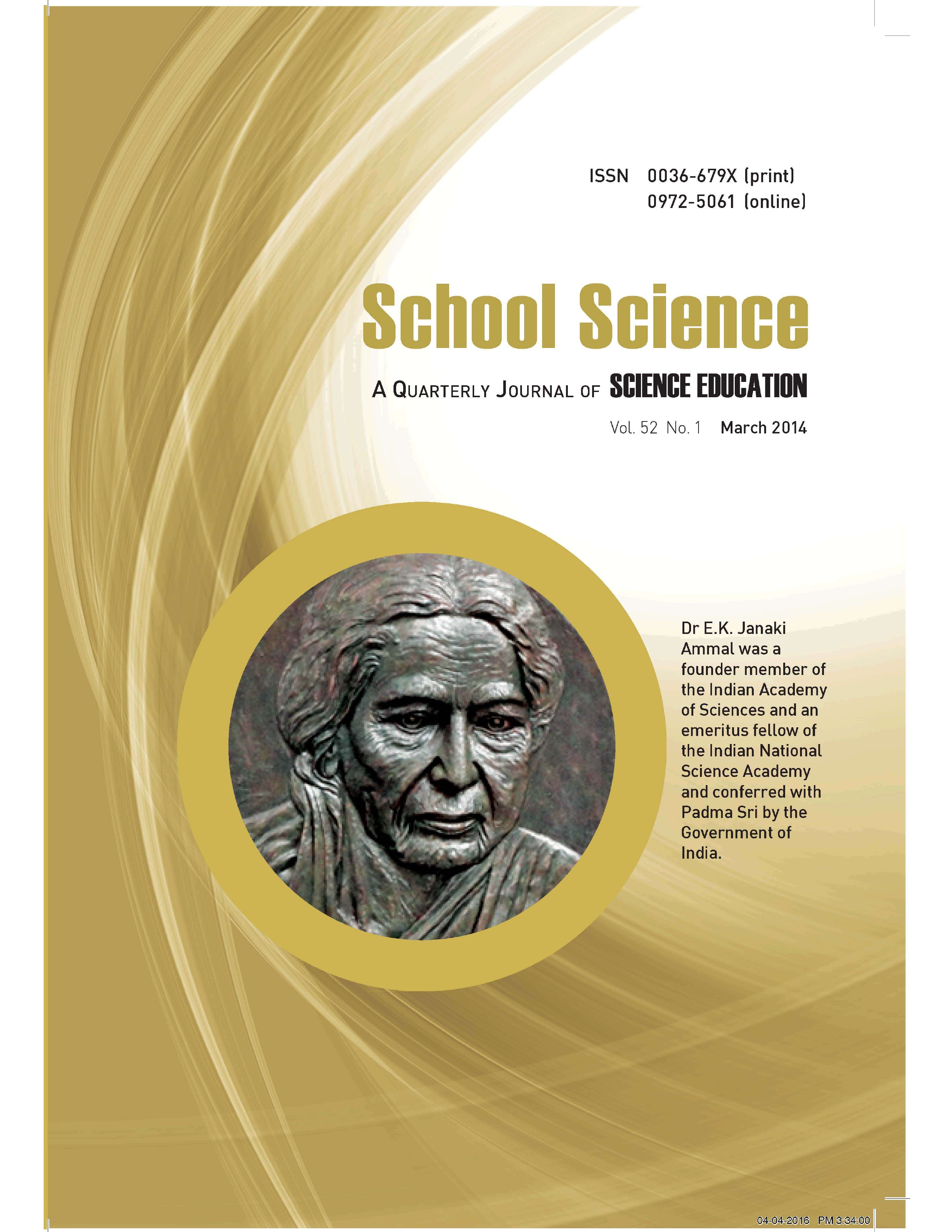
Published 2014-03-31
Keywords
- average magnitude,
- velocity,
- Acceleration
How to Cite
Abstract
The concept of displacement as a vector quantity and the methods of adding and subtracting vectors are used to study motion of objects in two and three dimensions. Normally motion in two dimensions is studied first and then extended to three dimensions. motion using general vector notations without separating it into two and three dimensions. It would therefore be valid for both the cases. We begin with the concept of average velocity (an extension of the one-dimensional case, where one has to consider as many components as there are dimensions): 2 1 2 1 v r r t t r t av = − − ≡ ∆ ∆ ( ) /( ) / r r r r (1) Where ∆r r or ( y x ∆ ∆ ) is the displacement (from position 1 r r to 2 r r ) that occurs in a time interval ∆ t or (t2 – t1 ). In two and three dimensions, the average speed over any time interval will usually be greater than the magnitude of the average velocity over the same time interval since the actual path of the object between the end points of the displacement is curved. For example in a circular path (1/2 complete revolution) distance covered is 2π r while displacement covered is 2r as it is clear from Fig. 1. Thus distance>displacement and therefore speed > velocity.
